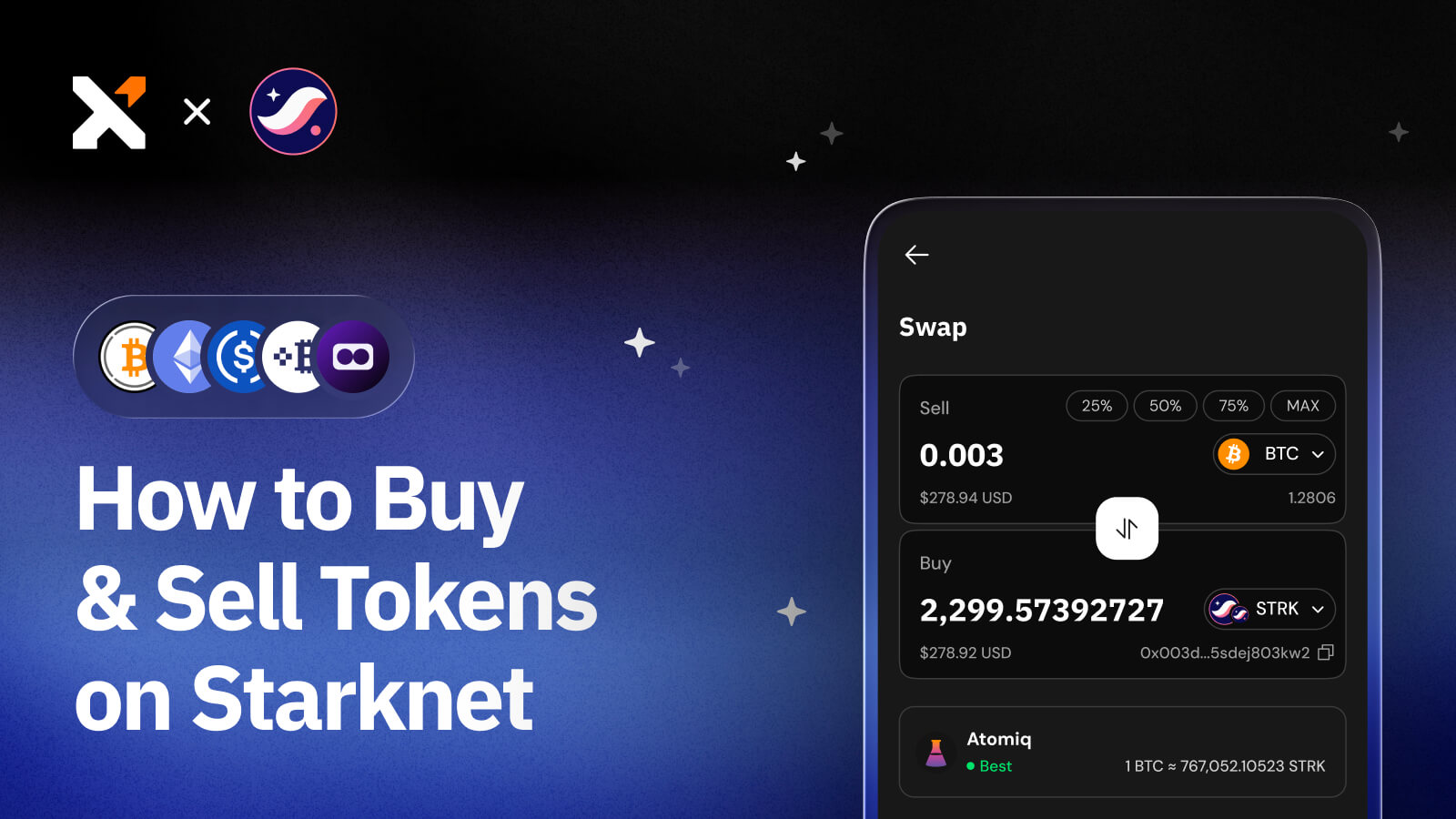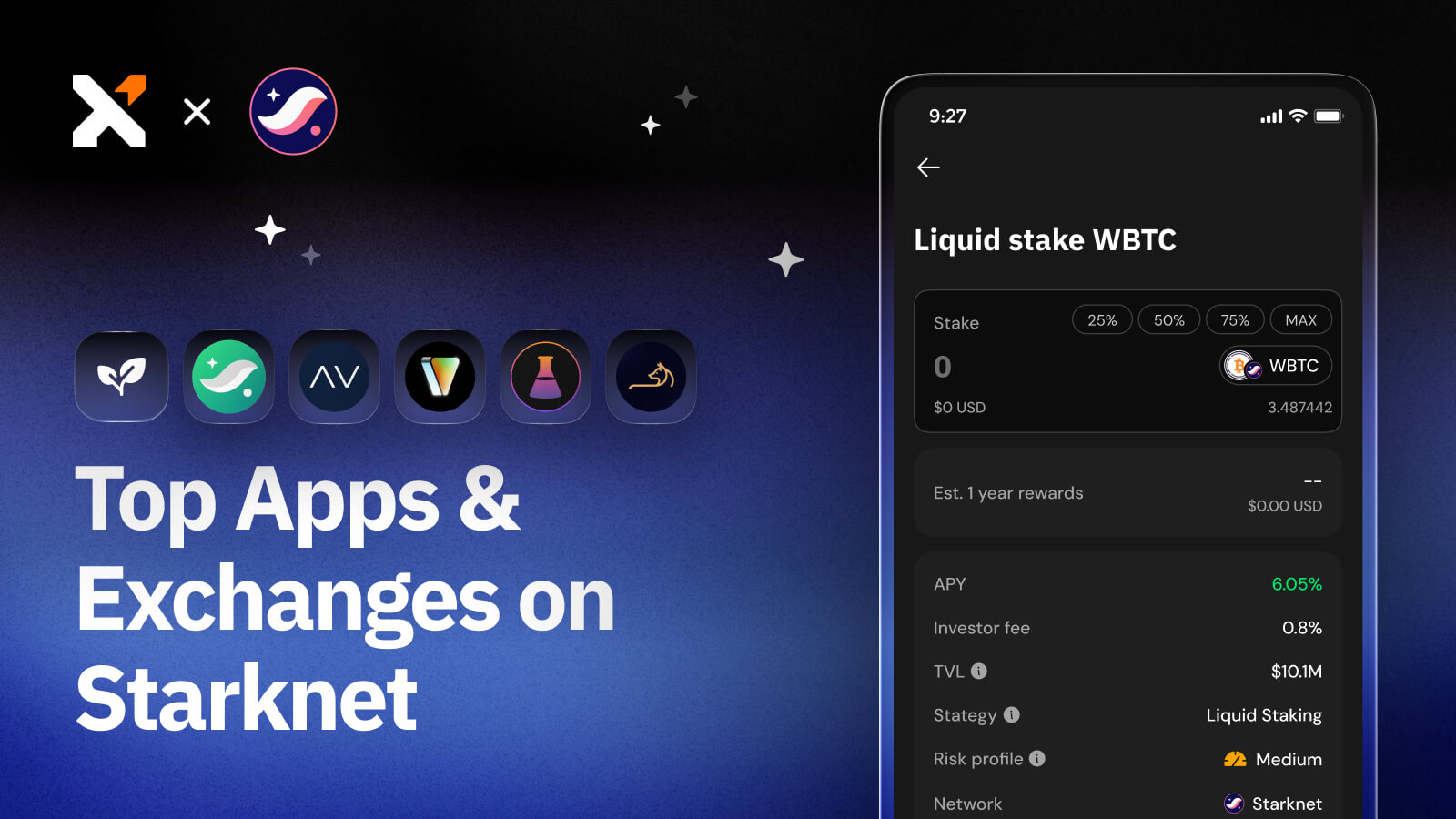What Are Rare Sats? A Beginner's Guide to Rare Satoshis
Not all satoshis are created equal. Learn about rare sats in this beginner’s guide to unique satoshis you can collect with your Xverse wallet.

Sign up for updates!
Stay tuned to our latest news and updates
.svg)
The introduction of the Ordinals protocol has led to new use cases on the Bitcoin blockchain. One of the most recent is rare satoshis, which are increasingly becoming a favorite among collectors in the Bitcoin community.
Read on to learn what rare sats are, how they are categorized, and how you can hunt for them.
What Is a Satoshi?
A satoshi is the smallest available unit of Bitcoin, which is one hundredth million of a bitcoin. They are named after the pseudonymous Bitcoin creator, Satoshi Nakamoto.
Satoshis are evolving to play a bigger role than just as a unit of account on Bitcoin thanks to the Ordinals Protocol, which allows for the systematic identification of sats and makes it possible to inscribe unique data onto each satoshi. Thanks to the Ordinals protocol, people can inscribe customized data on sats, creating Bitcoin-native non-fungible tokens.
What Are Rare Sats?
Not all satoshis are created equal. Some satoshis are rarer than others, creating a market for rare satoshis. They contain special attributes that make them unique.
For example, the first satoshi mined after a Bitcoin halving event is considered rarer than other satoshis in that same block. These satoshis are classified as “epic sats” by the Rodarmor Rarity Index, which is used to determine a sat’s special attributes.
Moreover, according to Rodarmor’s sat classification index, unique satoshis found in the “rare sats” category are the first sats mined after a difficulty adjustment period, which usually occurs every 2016 blocks, which is after about two weeks.
Rare and uncommon satoshis are highly sought-after and are increasingly becoming popular collectibles.
How Rare Are “Rare Sats”?
The total supply of satoshis considered “rare sats,” according to the Rodarmor Rarity index, is 3,437.
However, although the index uses Ordinal theory to identify rare satoshis, Bitcoin users have come up with different historical and mathematical attributes to determine a sat’s rarity, creating an entire universe of rare and uncommon satoshis.
Categories of Rare Sats Explained

Named after Casey Rodarmor, the creator of the Ordinal Theory, the Rodarmor Rarity Index is used to determine a sat’s special attributes. The index breaks down rare satoshis into the following categories.
Common Sats
These are all sats that aren’t the first created on their block. Common sats make up about 99% of all satoshis and are about 2.1 quadrillion in total. They are the most common forms of sats and would ordinarily be found in everyone’s bitcoin holdings.
Uncommon
About every ten minutes, a new block is added to the Bitcoin blockchain. The first sat of each new block is known as an uncommon sat. These sats indicate the start of a new set of transactions on the blockchain.
Rare
The rate of mining new bitcoin isn’t fixed, and the network periodically adjusts itself to maintain a steady rate of one new block every ten minutes. These adjustments happen every 2016 blocks, which is after about two weeks. Rare satoshis are the first sats created when a new block is mined after a difficulty adjustment period.
Epic
An epic sat is the first satoshi to be mined within the first block of a halving epoch. Epic sats are mined right after a halving event, which occurs after 210,000 blocks, or roughly every four years. There are about 32 epic sats, which are quite significant, seeing as the halving event influences the Bitcoin network by reducing the rate at which bitcoins can be mined.
Legendary
According to Rodarmor, every six halvings on the Bitcoin network signify a major event when halving and difficulty adjustment coincide. This conjunction marks a new cycle on the network, and the first sats mined right after are known as legendary sats.
The confluence of the difficulty adjustment period and the halving is expected to happen every 24 years, with the first being in 2032.
Mythic
The Mythic sat is the first ever satoshi mined on the network’s genesis block mined in 2009. This block, created by Satoshi Nakamoto, contains an embedded message, “The Times 03/Jan/2009 Chancellor on brink of second bailout for banks.”, referencing the 2008 financial crisis.
What Are Exotic Sats?
In addition to the rare satoshis classified by the Rodamor Rarity Index, there are also satoshis deemed unique based on the social consensus of the Ordinals community. Collectors refer to these special satoshis as exotic sats.

Examples of exotic sats include:
- Nakamoto sats: Satoshis mined by Bitcoin’s pseudonymous creator, Satoshi Nakamoto.
- Pizza sats: Satoshis from the infamous Papa John’s pizza purchase from May 22, 2010, which is widely regarded as the first commercial Bitcoin transaction.
- Block 9: Satoshis from one of the earliest blocks mined on the Bitcoin blockchain.
- Block 78: Satoshis from the first block mined by Hal Finney.
- Vintage sats: Satoshis from the first 1,000 blocks that were mined on the Bitcoin blockchain.
- Black sats: Satoshis that mark pivotal endpoints in the progression of the Bitcoin blockchain, such as black uncommon sats (the last satoshis of a mined block) or black rare sats (the last satoshi of a mining difficulty adjustment period).
You can securely view and store a range of rare and exotic sats in your Xverse Wallet. Plus Xverse makes it super easy to see all rare sat bundles and collectibles when signing transactions, so you don't accidentally spend those satoshis as regular BTC payments.

How to Hunt for Rare Sats

Rare sats have caused a stir in the Bitcoin community, leading to the emergence of ‘Sat Hunters,’ people dedicated to locating and claiming rare satoshis.
To start hunting for rare sats, you must have a Bitcoin wallet like Xverse. The hunt for rare sats begins by looking at the Unspent Transaction Output (UTXO), which is the total number of satoshis you currently hold in your wallet.
Most sat hunters rely on exchanges to hunt for rare sats. An unsuccessful hunt would have the hunter send back their BTC to the exchange in the hopes of getting some rarer sats.
Thanks to the Ordinal theory, Bitcoin users can easily inscribe data onto satoshis. This evolutionary concept has paved the way for some interesting concepts on the Bitcoin network, including BRC-20 tokens and, now, rare sats.
A satoshi’s level of rarity plays a crucial role in determining its worth, as the rarer the sat, the more it's considered to be valuable. For this reason, many people in the ecosystem are on the hunt for rare sats, whose value could increase over time.
Download Xverse to securely store and manage your rare sats.
FAQs
What are rare sats in Bitcoin?
Rare sats are the smallest divisible units of Bitcoin that contain special attributes that make them unique. Moreover, “rare sats” is also a category in the Rodarmor Rarity Index that refers to the first satoshi mined after a difficulty adjustment.
How do you know if you have a rare satoshi?
To find out whether you possess any rare sats, you can open your Xverse wallet (or download it if you don’t have one yet), and they will automatically be displayed in your wallet.
Alternatively, you can also connect your Xverse wallet to the rare sats marketplace, Magisat to scan your wallet for rare and uncommon satoshis.
What are the different types of rare sats?
Rare sats are categorized into different groups, according to the Rodarmor Rarity Index. Some of the different types of rare sats include uncommon, rare, epic, legendary, and mythic. All of these sats can be stored in an Ordinals wallet like Xverse that supports rare sats.
Share this article



.svg)




